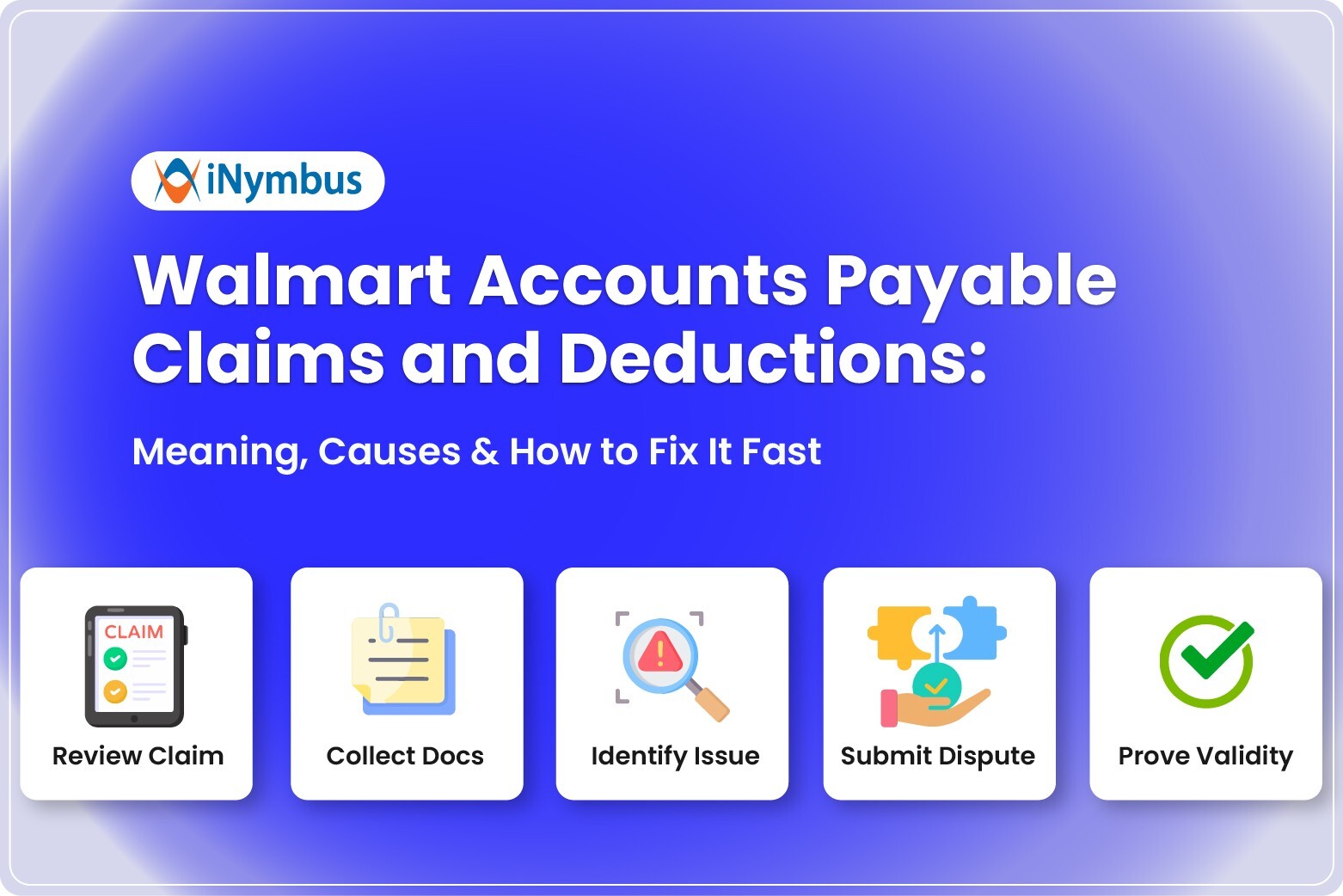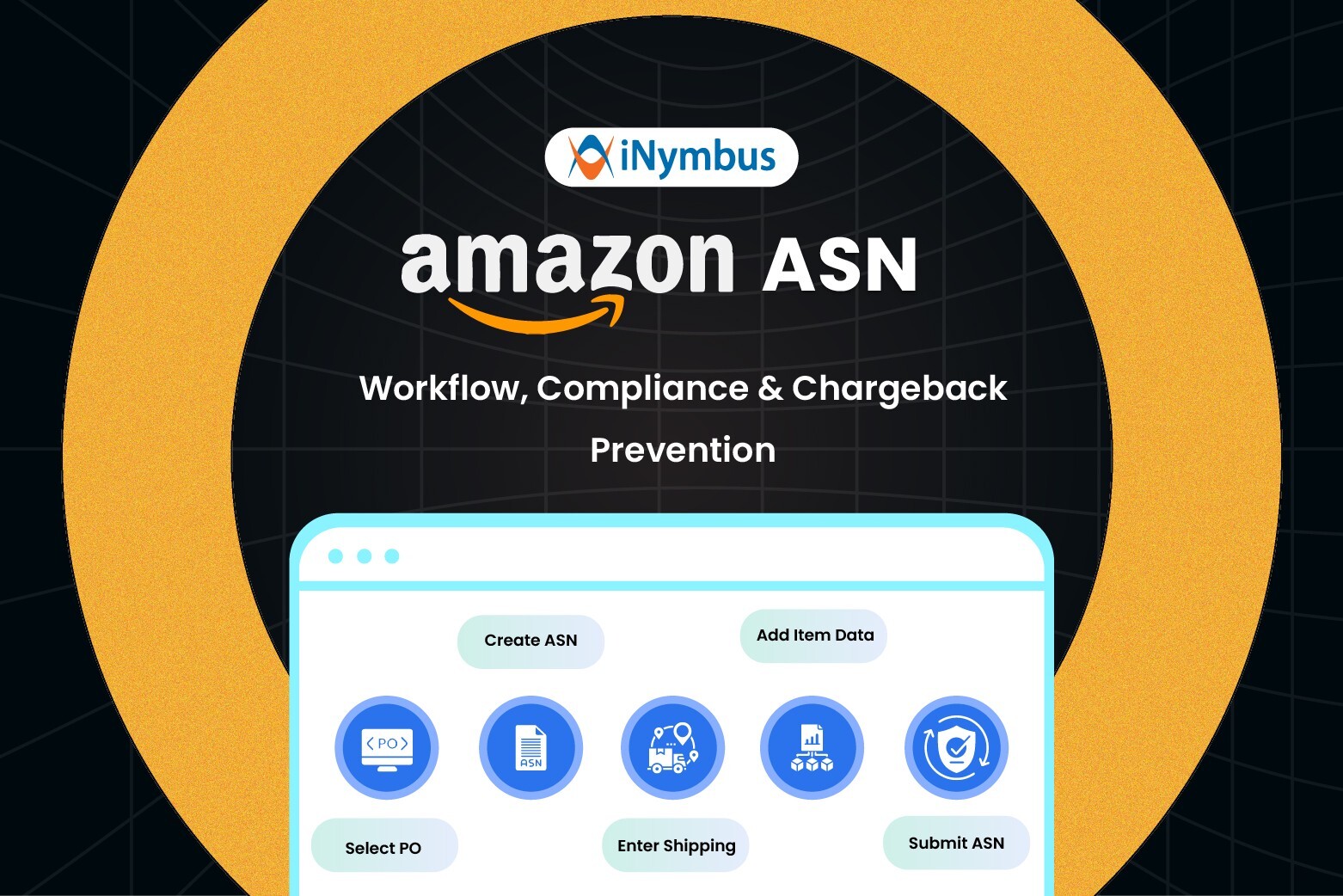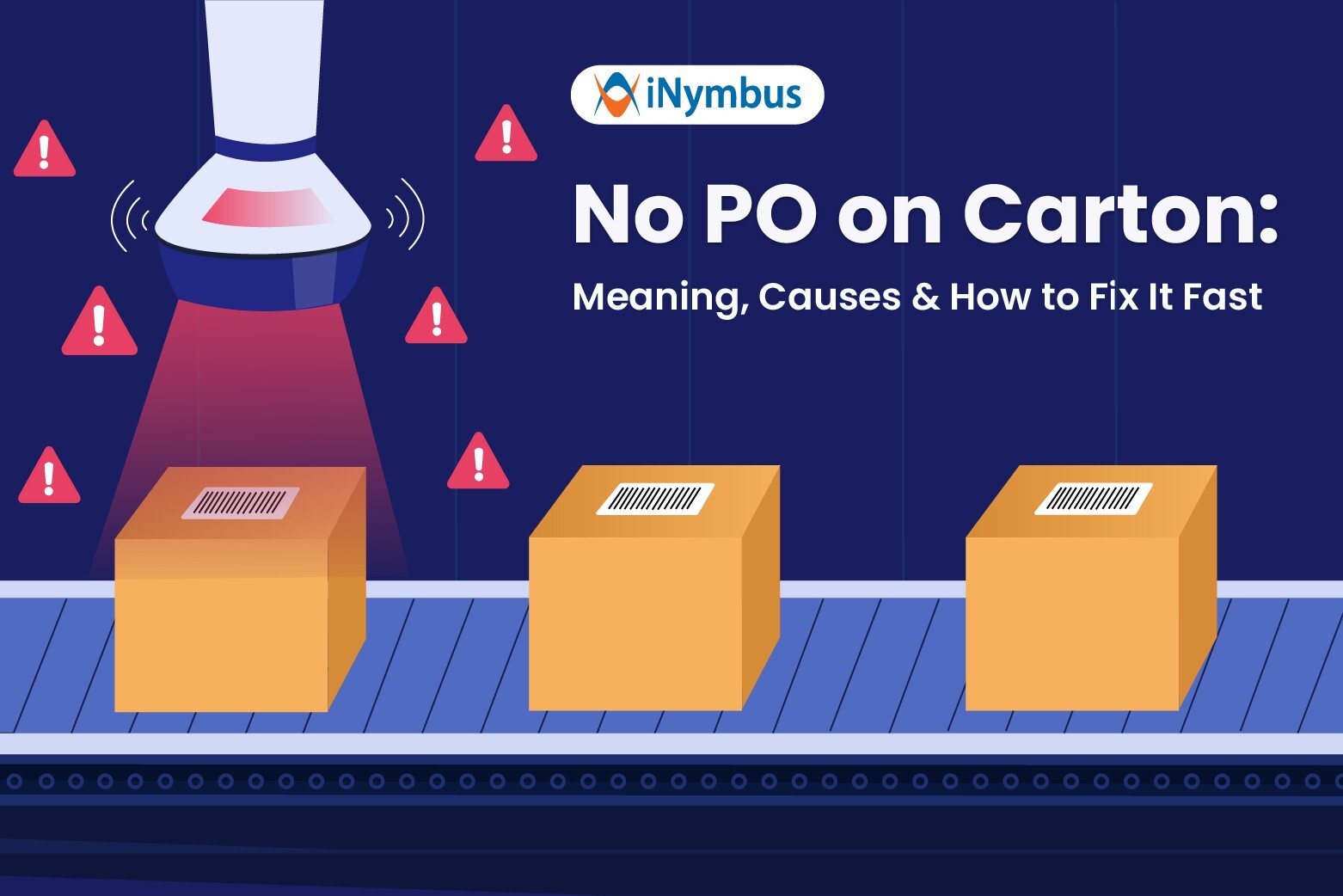Supplier Audits: Types, Checklists, and Best Practices
 After the pandemic, over 70% of companies began doing more supplier audits to track issues and lower risks. In 2025, supplier audits are changing. Companies are using new technology, focusing on risks, and relying more on digital tools to track compliance.
After the pandemic, over 70% of companies began doing more supplier audits to track issues and lower risks. In 2025, supplier audits are changing. Companies are using new technology, focusing on risks, and relying more on digital tools to track compliance.
To conduct better audits, start by understanding what a supplier audit is and how it works today.
What is a supplier audit?
A supplier audit is like a health check for your supply chain. It reviews a supplier’s operations, records, and results to ensure they meet your standards and industry requirements.
In practice, supplier audits take many forms. For example, a manufacturer may audit a raw material supplier to confirm that proper quality control procedures are in place. A retailer might check whether a supplier complies with labor laws and ethical sourcing practices.
These audits can be performed in person or remotely. During the COVID-19 pandemic, remote audits became widespread, and many companies continue using them due to their cost-effectiveness and flexibility.
Why supplier audits are important?
Supplier audits provide multiple benefits:
- Reduce Risk: Spot potential issues before they affect your business.
- Improve Quality: Ensure materials and processes meet your expectations.
- Stay Compliant: Meet industry, legal, and regulatory standards.
- Boost Efficiency: Identify opportunities to streamline production.
- Build Trust: Foster transparency, accountability, and long-term collaboration with suppliers.
Types of supplier audits
Supplier audits come in several types, depending on your goals and timing.
- Initial Audit
- Routing Audit
- Unannounced Audit
- Use Email Marketing Wisely
- Follow-up Audit

For example, a retailer may conduct a supplier audit to identify recurring shortages, pricing discrepancies, or compliance gaps. These audit findings often result in post-audit deductions or chargebacks if issues are not addressed promptly.
In high-volume retail environments like Walmart, Amazon, or Target, even minor process gaps uncovered during audits can translate into thousands of deductions. This is where automation becomes critical.
iNymbus helps suppliers automatically track audit-related deductions, validate claims using supporting documentation, and dispute invalid charges across retailer portals, ensuring faster recovery and reduced revenue leakage.
You can also read our detailed article on post-audit deductions vs. post-audit claims, where we explain how suppliers can identify recoverable deductions and take timely action to protect their margins.
Supplier Audit Checklist: Key Areas Retailers Review
A supplier audit ensures your processes meet retailer compliance standards and helps reduce costly deductions. Here are the key focus areas every supplier should include in their audit checklist:
- Retailer Compliance:
Ensure packaging, labeling, and shipping follow retailer-specific guidelines (e.g., Amazon, Walmart, Target) to avoid chargebacks and shortage claims. - Documentation Accuracy:
Check for complete and correct ASNs, invoices, BOLs, and proof of delivery. Missing or mismatched documents are a leading cause of invalid deductions. - Shipping & SCAC Code Accuracy:
Audit on-time delivery rates and SCAC code consistency. Late or incorrect shipments often result in preventable deductions. - Returns & Reverse Logistics:
Review how returns are documented and reconciled. Unmatched returns can lead to incorrect deductions and missed recovery opportunities. - Deduction Trends:
Analyze recurring deduction types and high-impact errors. Identifying patterns helps prioritize automation and reduce future claim volume. - Automation Readiness:
Evaluate your internal processes for automation potential. Tools like iNymbus improve accuracy and resolve deductions up to 30x faster.
Supplier Audit Checklist for Retail Compliance
A supplier audit checklist helps retailers evaluate compliance with contracts, shipping standards, and documentation requirements. Audit findings often lead to post-audit deductions, shortage claims, and chargebacks if gaps are identified.
Key Areas Reviewed During a Supplier Audit
- Invoicing and Pricing Accuracy:
Ensures invoices match purchase orders and contract terms to prevent pricing-related deductions. - Purchase Order Compliance:
Verifies quantities, product details, and approved terms to reduce invalid audit chargebacks. - ASN and Shipping Accuracy:
Reviews ASN timeliness and shipment accuracy, a common cause of shortage and routing deductions. - Freight and Proof of Delivery Documentation
Confirms availability of PODs, BOLs, and carrier records needed to dispute freight claims. - Packaging, Labeling, and Routing Standards
Checks retailer-specific compliance to avoid logistics and operational chargebacks. - Returns and Reverse Logistics
Assesses return authorization and reconciliation to minimize returns-related deductions. - Documentation Readiness
Ensures quick access to invoices, contracts, and shipping records required for post-audit claim recovery. - Deduction Management Process
Evaluates how efficiently suppliers track, validate, and respond to post-audit deductions.
Top 5 Best Practices
Improve your supplier audit process with these proven best practices, especially useful for reducing retailer chargebacks and streamlining deductions.
- Audit Regularly: Schedule audits at least twice a year to catch issues early. High-volume suppliers may benefit from quarterly reviews.
- Use Retailer-Specific Checklists: Tailor audit checklists to match each retailer’s compliance standards (e.g., Amazon, Walmart, Target).
- Track Deduction Patterns: Review past chargebacks and deduction data before audits. Focus on recurring errors for maximum impact.
- Document Everything: Capture photos, digital records, and system reports. Good documentation speeds up internal fixes and supports disputes.
- Leverage Automation: Automate repetitive tasks like document retrieval and deduction disputes. iNymbus helps suppliers resolve claims faster and cut manual effort.
To scale these best practices, automation plays a critical role. Here’s how to bring technology into your audit workflows.
Automation Strategies for Supplier Audits
Modern businesses are turning to automation to manage audits more efficiently. Here’s how:
Why Use iNymbus in Supplier Audits?
While iNymbus specializes in deduction and chargeback automation, its tools also enhance the supplier audit process by connecting compliance issues with financial recovery.
- Centralized Dispute Management: Track and manage all deduction and chargeback claims (shortages, compliance, returns) in one place.
- End-to-End Automation: Use RPA to capture claims, match documents, and submit disputes automatically, up to 30× faster.
- Retailer Portal Integration: Works with Amazon, Walmart, Target, Home Depot, and 40+ portals for seamless dispute resolution.
- Actionable Insights: Analyze root causes of chargebacks and use audit data to reduce recurring issues.
Conclusion
Supplier audits are essential to maintaining quality, compliance, and trust in your supply chain. In 2025 and beyond, businesses should adopt risk-based strategies and leverage digital tools like iNymbus to streamline audits.
With the right audit process and tools, you can build stronger supplier relationships, minimize disruptions, and drive continuous improvement.



